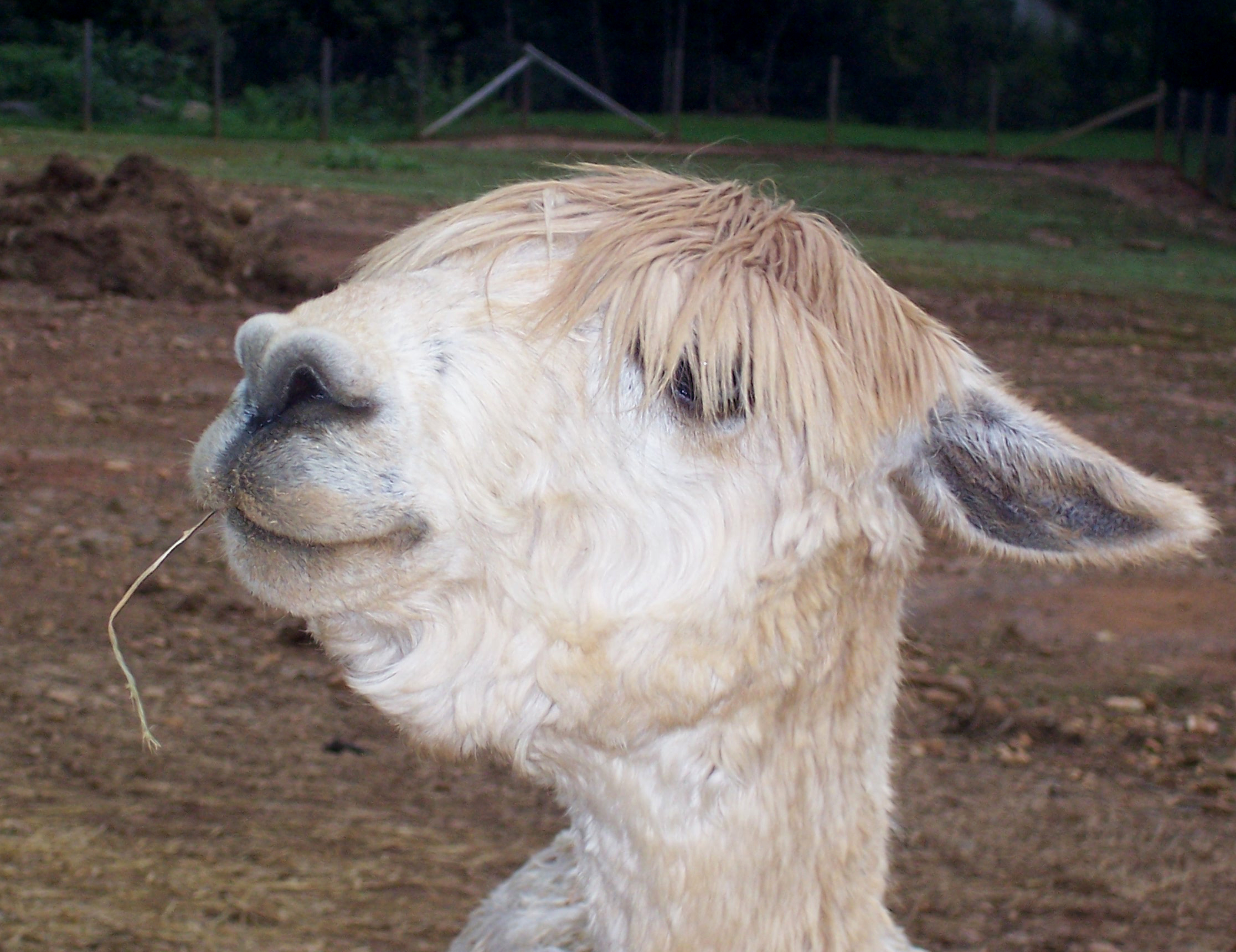
Alpacas are kept in herds that graze on the level heights of the Andes of Ecuador, southern Peru, northern Bolivia, and northern Chile at an altitude of 3,500 m (11,483 ft) to 5,000 m (16,404 ft) meters above sea-level, throughout the year.[citation needed] Alpacas are considerably smaller than llamas, and unlike llamas, alpacas were not bred to be beasts of burden but were bred specifically for their fiber. Alpaca fiber is used for making knitted and woven items, much as sheep's wool is. These items include blankets, sweaters, hats, gloves, scarves, a wide variety of textiles and ponchos in South America, and sweaters, socks, coats and bedding in other parts of the world. The fiber comes in more than 52 natural colors as classified in Peru, 12 as classified in Australia and 16 as classified in the United States. Alpacas and llamas differ in that alpacas have straight ears and llamas have banana-shaped ears. Aside from these differences, llamas are on average 1-2 feet taller and proportionally bigger than alpacas.
In the textile industry, "alpaca" primarily refers to the hair of Peruvian alpacas, but more broadly it refers to a style of fabric originally made from alpaca hair but now often made from similar fibers, such as mohair, Icelandic sheep wool, or even high-quality English wool.[citation needed] In trade, distinctions are made between alpacas and the several styles of mohair and luster.















